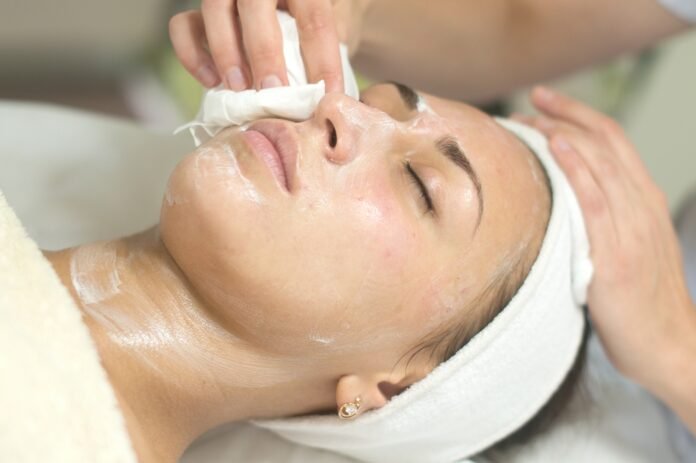Prenatal massage is a therapeutic practice designed to support the physiological, structural, and emotional well-being of both expectant mother and foetus. As pregnancy progresses, the body undergoes significant changes that can lead to discomforts like back pain, swollen limbs, and stress. Prenatal massage aims to alleviate these symptoms, but knowing when it’s safe to start this type of therapy is crucial for the health and safety of both the mother and the developing baby. This article provides an in-depth look at the optimal timing for starting prenatal massage, along with its benefits and considerations.
Understanding Prenatal Massage
Table of Contents
Prenatal massage is a specialized form of massage tailored to the needs of pregnant women. Trained therapists use techniques that are safe and effective for pregnant women, focusing on relieving pregnancy-related discomforts and enhancing the physiological and emotional well-being of the mother.
When to Start Prenatal Massage
- After the First Trimester: Most healthcare providers recommend starting prenatal massages after the first trimester. The first 12 weeks of pregnancy are crucial for the baby’s development and are often when the risk of miscarriage is highest. After this period, the risks decrease significantly, making it a safer time to begin massage therapy.
- Consult Your Healthcare Provider: Before starting any massage therapy, it’s important for pregnant women to consult with their healthcare provider. Some conditions may restrict or completely prohibit the use of prenatal massage, including certain high-risk pregnancy complications like preeclampsia, high blood pressure, or previous preterm labour.
Benefits of Prenatal Massage
- Reduces Stress and Promotes Relaxation: Prenatal massage helps to reduce stress hormones in the body and can increase levels of serotonin and dopamine, the hormones associated with well-being. This can lead to better sleep, reduced anxiety, and an overall sense of calm.
- Alleviates Muscle and Joint Pain: As the body changes and weight increases, pregnant women often experience added pressure on muscles and joints. Prenatal massage can relieve this tension and pain in the back, neck, abdomen, and legs by enhancing circulation and mobility.
- Improves Circulation: Massage helps to stimulate blood flow, which is beneficial for both mother and fetus. Improved circulation can reduce swelling in the hands and feet, as long as that swelling isn’t due to preeclampsia (a condition that requires immediate medical attention).
- Better Labor Outcomes: Some studies suggest that regular prenatal massage can not only reduce labor pain but may also decrease the likelihood of premature birth and labor complications.
Considerations and Precautions
- Choose a Qualified Therapist: It is vital to choose a massage therapist who is certified in prenatal massage. These professionals are trained to understand the nuances of pregnancy and can adjust their techniques to accommodate the needs and restrictions of pregnant clients.
- Positioning During Massage: Proper positioning is critical to ensure the safety and comfort of the mother and baby. Prenatal massage is often done with the woman on her side, supported by pillows, or on a specially designed table that allows room for the belly.
- Frequency and Duration: The appropriate frequency and duration of sessions can vary. Some women may benefit from weekly sessions, while others might find that bi-weekly or monthly sessions are sufficient. Each session typically lasts between 60 and 90 minutes, depending on the mother’s comfort and health condition.
Prenatal massage is a therapeutic resource that can significantly enhance maternal comfort and fetal health during pregnancy. By starting prenatal massage after the first trimester and consulting with healthcare providers to ensure it’s safe given the individual’s health circumstances, expectant mothers can experience numerous physical and emotional benefits. Properly administered, prenatal massage can be an integral part of a healthy, joyful pregnancy journey.


